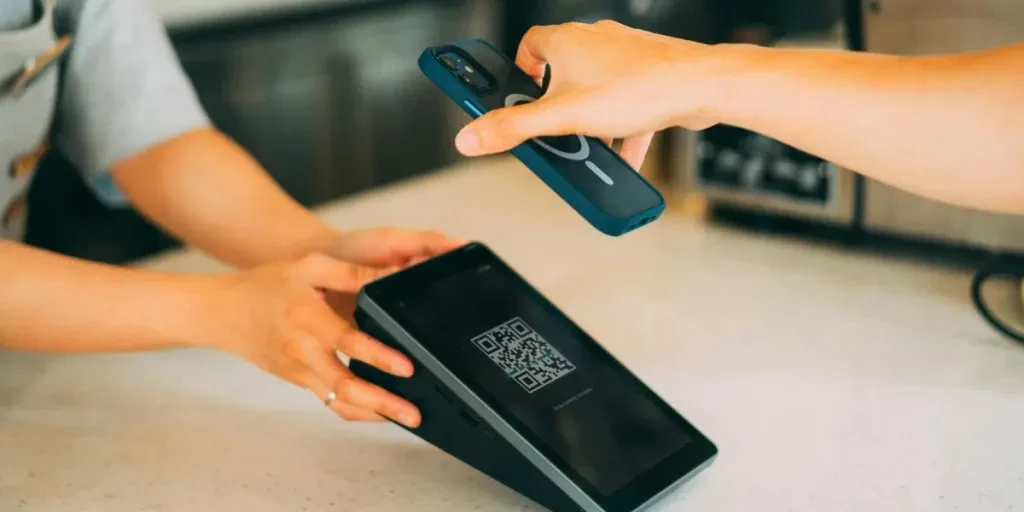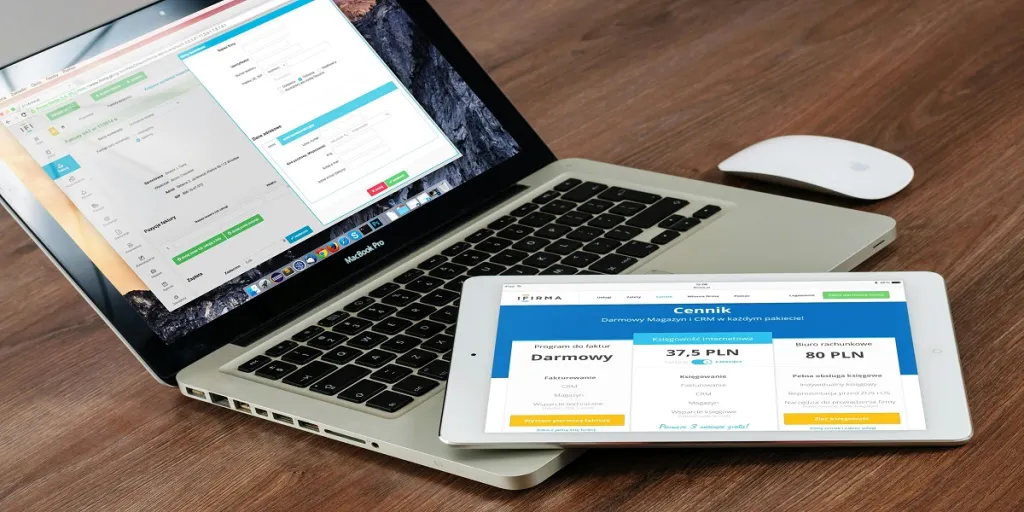Getting paid online makes sense for most web-based businesses as, regardless of whether you’re selling handmade goods or running a global store chain, your customers need an easy and safe way to pay. Payment gateways can handle this entire process, from encrypting card information to ensuring that payments move safely from your customer’s account to yours.
Millions of transactions around the world are processed every day through these systems. The right payment gateway makes it easy for your customers to pay, whether they want to use a credit card, PayPal, or a digital wallet.
In this article, we’ll explore why they’re so valued, as well as which system may be most appropriate for your business.
Índice del contenido
E-commerce payment gateway fundamentals
Elegir la pasarela de pago adecuada
Mejores prácticas de seguridad
Technical payment gateway integration steps
Resum
E-commerce payment gateway fundamentals

Payment gateways help enable safe online transactions by linking banks, retailers, and consumers, managing financial institutions’ transactions and encrypting a client’s payment data upon purchase.
The process begins when a consumer inputs Información del pago at the register. After encrypting this information, the gateway forwards it to the acquiring bank – the retailer.
The acquiring bank then forwards the request to the customer’s issuing bank, which checks funds and authorizes payment. Once approved, the gateway alerts the merchant and customer, starting the transfer of the funds.
Payment gates take several forms. Hosted solutions like PayPal handle the whole payment process on their system. While safe, consumers must leave the merchant’s location to finish payment.
Self-hosted gateways give retailers more control by directly connecting to systems like WooCommerce, but they also mean they must handle PCI compliance and security themselves.
API-based gateways like Stripe let companies create unique checkout experiences while preserving security. By directly connecting with the merchant’s website or app, these solutions provide flexibility and support several payment options.
As mobile commerce has evolved, mobile payment gateways have become vital. Digital wallets like Apple Pay and Google Wallet allow quick transactions, simplifying the mobile checkout process.
Elegir la pasarela de pago adecuada
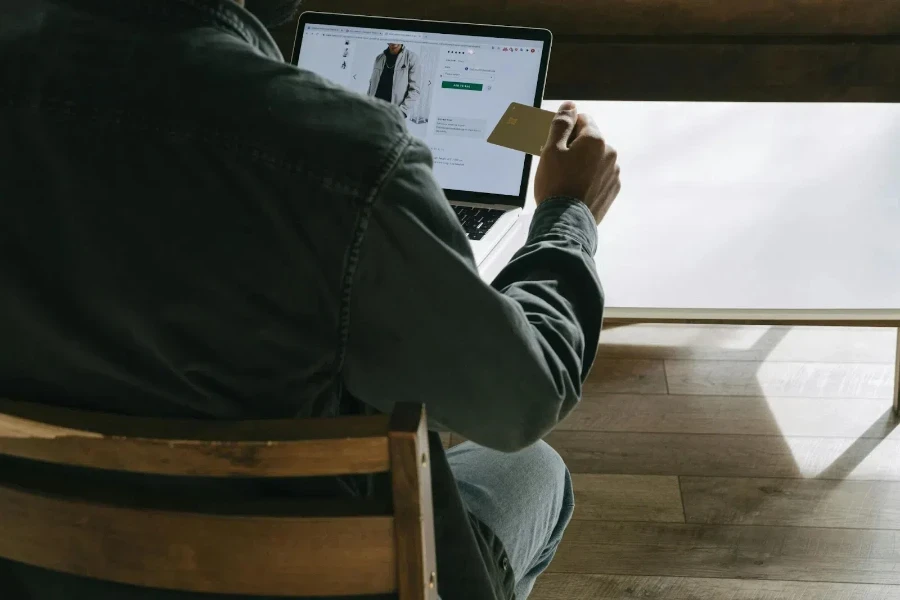
Características esenciales a tener en cuenta
Your online business needs the right payment gateway to secure payments, manage costs, and offer customers payment options. Your gateway will require PCI DSS certification and strong encryption to prevent fraud and unauthorized charges.
You must also compare each provider’s fees. Some charge monthly fees, and others a percentage of sales. Run the numbers based on your expected sales volume to find the best financial option and avoid surprise fees that could cut profits.
Online shoppers expect to pay how they want, and reliable payment gateways accept credit cards, digital wallets, and “buy now, pay later” options. If you sell internationally, make sure your gateway handles multiple currencies.
Finally, consider how it will integrate with your current systems, if and how you can receive support, and how quickly the gateway is able to process payments. Your payment system must be robust and reliable to avoid losing potential customers.
Popular payment gateway providers
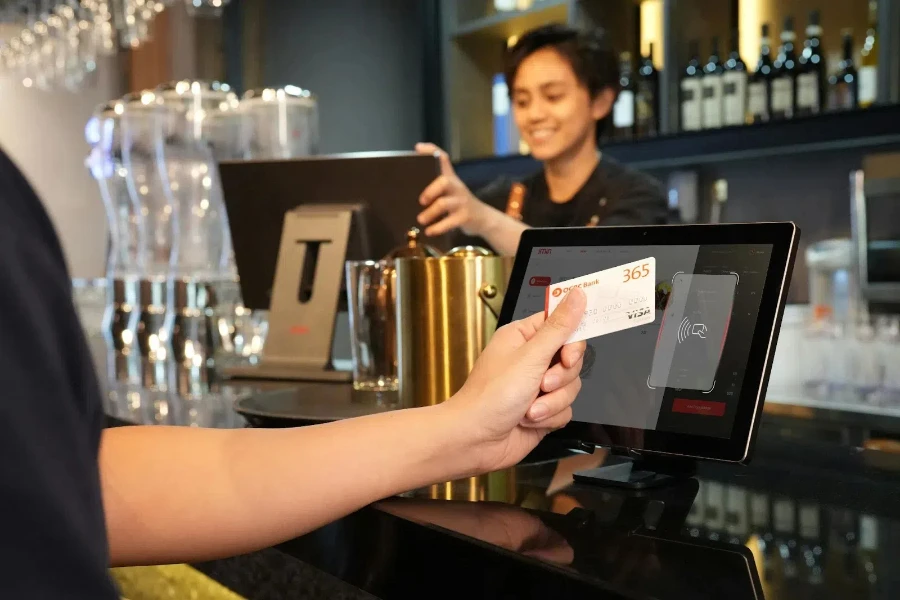
If you’re looking at payment gateways, you’ll probably hear Stripe and PayPal mentioned the most. Stripe works well for most ecommerce businesses, and web developers love it because it’s easy to set up and can handle pretty much any type of payment.
PayPal is the one most customers recognize and trust, and if you’re selling internationally, that familiarity can help a lot.
Don’t overlook local payment providers, though. These companies make more sense if you sell in one region than the big players. They usually know your market better, charge less, and you can get someone on the phone when you need help.
The goal is to ensure that whichever gateway you pick works smoothly with your website. Some gateways just click right into place with platforms like Shopify, while others might require technical work.
If you plan to sell to customers in different countries, double-check that your gateway can handle different currencies without hurdles.
Mejores prácticas de seguridad
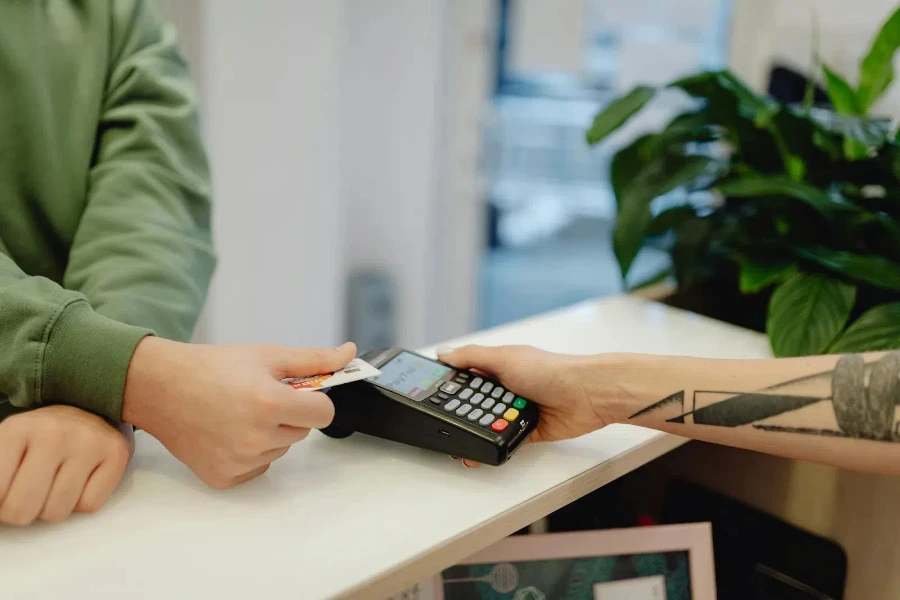
Keeping online payments secure isn’t optional these days. If you handle credit cards, you must follow PCI DSS rules, which vary based on the number of transactions you process. Stellar payment gateway security builds customer trust and protects your business from data breaches.
Data encryption plays a huge role in payment security. Whenever a customer enters their card details, SSL/TLS encryption scrambles that information so it can’t be intercepted. Many businesses also use tokenization, which replaces card numbers with random codes useless to online fraudsters.
The best systems keep data encrypted from when a customer types it in until the payment is complete.
Businesses can use several security checks to catch fraud before it happens. Basic ones include matching billing addresses and checking the three security digits on the back of cards. More advanced systems use AI to spot suspicious patterns, like when someone makes unusual purchases or tries multiple cards at a go.
Technical payment gateway integration steps
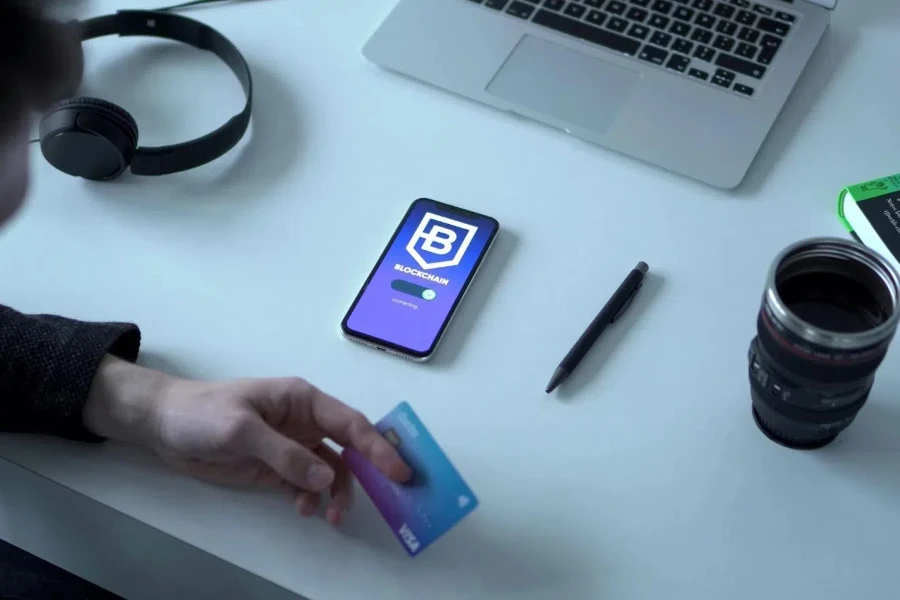
Ensure that your platform can connect to the gateway’s API and meets all the security needs. Doing this right from the start will help avoid problems later.
The first step in the integration process is to set up secure access between your system and the gateway, which is usually done with access keys or tokens. Then, you’ll need to learn how to talk to the gateway. For example, to process payments or handle refunds, you’ll need to use a different web address (called an “endpoint”).
Testing is very important. Before going live, you can ensure everything works by running fake transactions in a testing environment that every gateway gives you. Also, make sure you have good monitoring in place; keeping track of all transactions will help you quickly find and fix any problems.
Resum
When picking a payment gateway, you must consider its safety, cost per transaction, and functionality. Keep in mind that, among other security features, PCI compliance, encryption, and fraud prevention keep customer data secure.
Think about transaction fees, the types of accepted payments, and where the service is available. Finally, planning for compatibility, secure authentication, and testing are all parts of integration.
